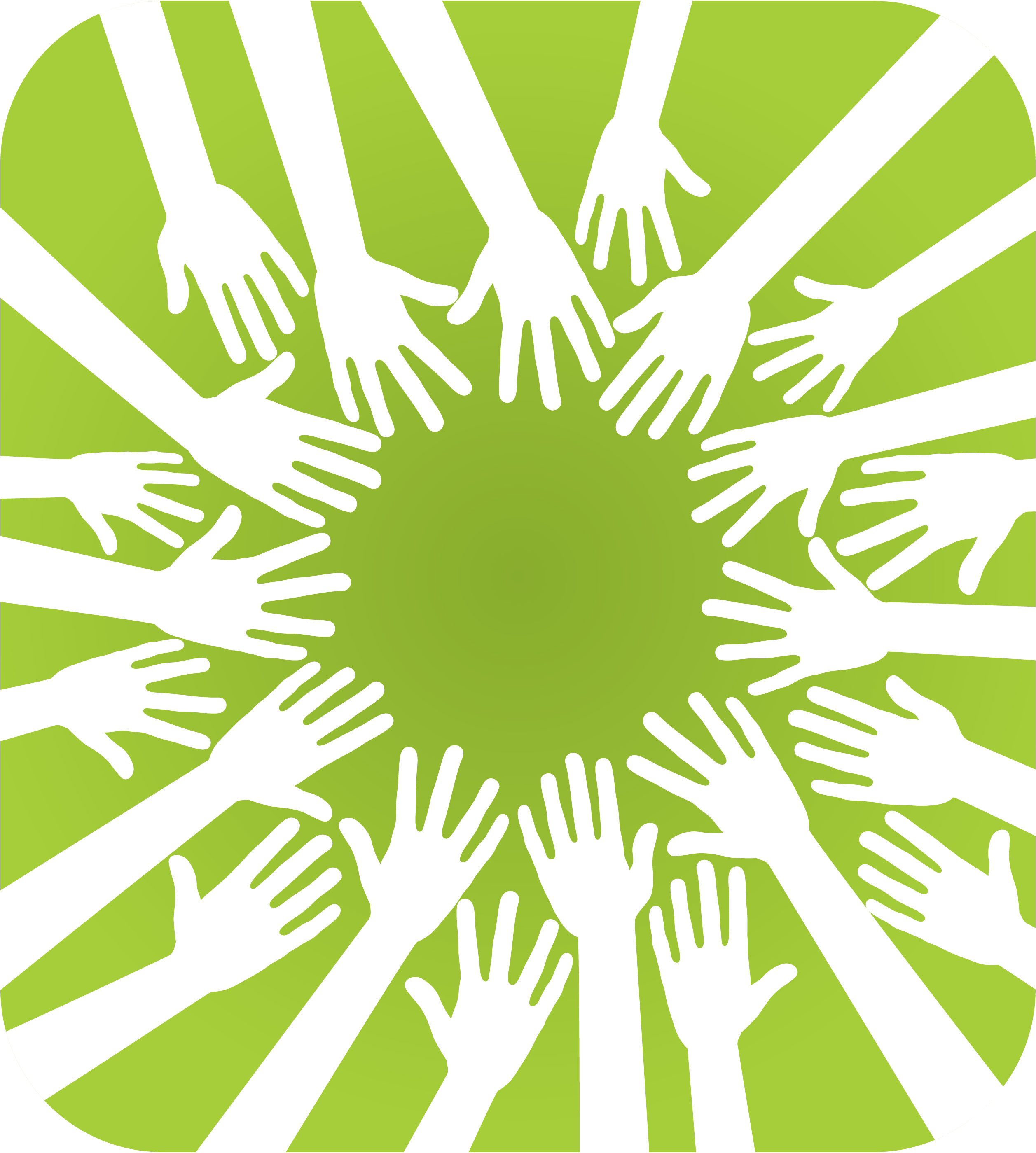
How long were you the manager in Carlsbad?
I was City Manager in Carlsbad for just over 20 years. Previously I was the assistant city manager, and held various positions in Burbank, Manhattan Beach, and Redondo Beach.
I followed the “typical” track to becoming a city manager, beginning as an intern, then analyst, then assistant to the city manager, and assistant city manager prior to becoming a manager.
How much change did the organization undergo during your time as manager?
How do you calibrate how much change? We were involved in ongoing change and improvement. This is one of the reasons why we were so actively involved in the Alliance, because it was a hot bed of ideas.
Of course, like all other governments we had our budget challenges, large-scale technology implementations, and a desire to get citizens more involved but I found change is more about working and managing the people. Regardless of the challenge at hand, we had built a culture within the organization that supported change. It was part of an ongoing continuous process that was iterative and built on itself.
So for instance a certain technology deployment might be installed but we never considered it “done,” rather it was evolving. We would use the initiative to learn and adapt.
My philosophy is to develop an organizational culture that can bend to meet the current project work.
How did you encourage innovation within your organization?
You have to embrace it and as a leader send a signal that it is important. I would often tell staff to play with an idea. I felt it rewarding to give people the time and space to play with ideas and concepts and support them with moving forward with their ideas. A big part of my philosophy is also to be patient with the failures and mistakes that don’t work. Mistakes are part of the change process, they allow room for improvement.
I also felt it was imperative to keep the council aware of the fact that continuous improvement sometimes occurs with trip-ups. We can’t punish people for trying and we need to create the space to learn.
We created a culture where trying new things was accepted and valuable. I wouldn’t call it taking risks, because it wasn’t about risk-taking. Rather we enjoyed the process of learning which resulted in trying to do our best and succeeding at it.
Take for instance competing for LegoLand. I reframed success based on the city doing all that it could do and if we won the bid it would be great but if we didn’t that would be fine too. We inevitably did win the bid, but the process of coming together as a team and doing outstanding work was what made it a positive and memorable exercise.
Considering out of crisis grows opportunity, do you think these economic times are helpful in inspiring innovation in local government?
There is tremendous opportunity that comes from the pressure to look at doing things better than we currently do them. In crisis people are more willing to look for new approaches, the motivation factor goes up. It is a time to open up and let people try things. It is a huge opportunity for innovation.
Personally, I would like to see more local government organizations learn what innovation is and support it. I don’t see as much of that as I would like. A lot of agencies are hunkering down and dealing with just the budget issue rather than embracing today’s crisis to take a hard look at change in our governments.
In my mind, innovation is a commitment to learning. Not a mysterious black box. Creating a culture of learning and innovation is essential to dealing with the issues of today and tomorrow.
As a leader, how vital is innovation to you?
In my mind, innovation is the process that transforms creativity into results. The innovation process is essentially a learning process that we undertake. This opens up the idea that Innovation is really a mindset. This mindset is dynamic and holistic, it requires a positive orientation and looks at the entire system.
My approach to innovation is simple, innovation means change. Developing the capacity to innovate and change are the best way to build:
Organization Effectiveness
Competitive Advantage
Sustainable Quality of Life for our Communities!
For me, I have never been comfortable with the status quo, and if that is what you call innovation that is what I am about. Effectiveness is personal. Effectiveness in organizations comes from working on ourselves.
Ray Patchett is Principal of Patchett and Associates. Through his current consulting work Ray provides Organization Development Consulting, Leadership Coaching, Teambuilding, and Conflict Resolution services. Ray was a long-time Alliance for Innovation Board member and serves as a member of the Alliance’s Learning Council.
New, Reduced Membership Dues
A new, reduced dues rate is available for CAOs/ACAOs, along with additional discounts for those in smaller communities, has been implemented. Learn more and be sure to join or renew today!
